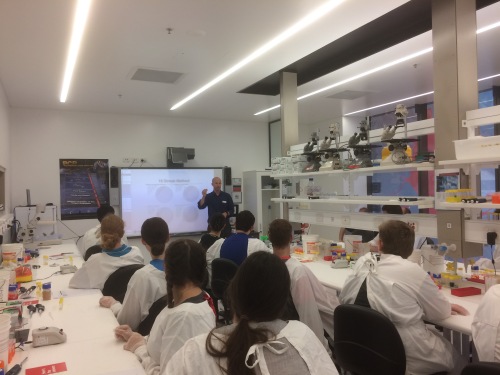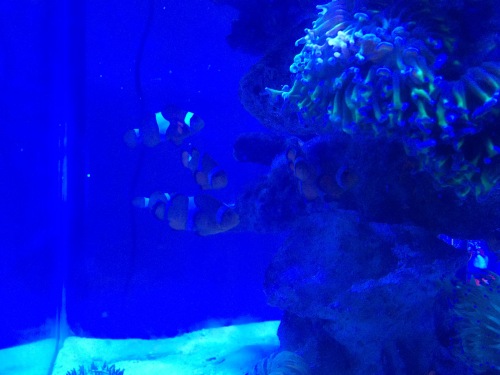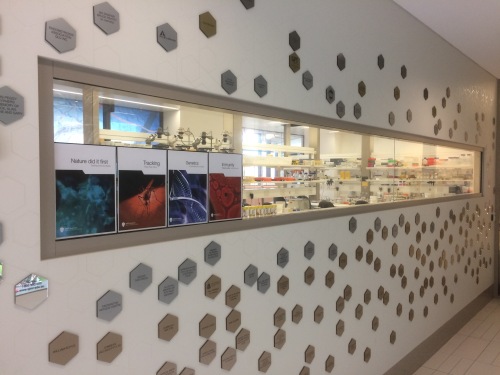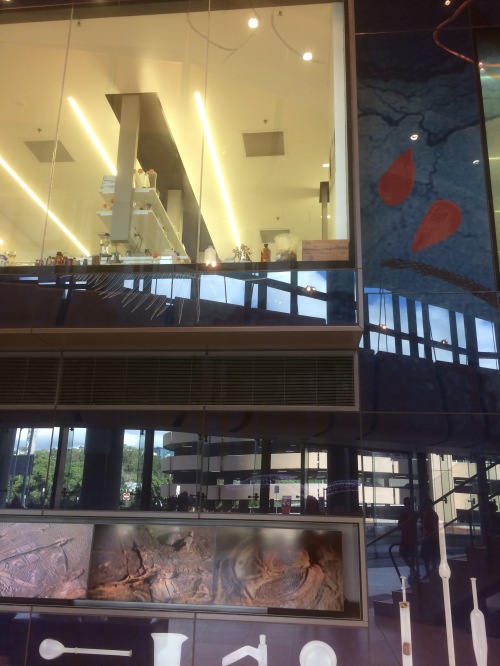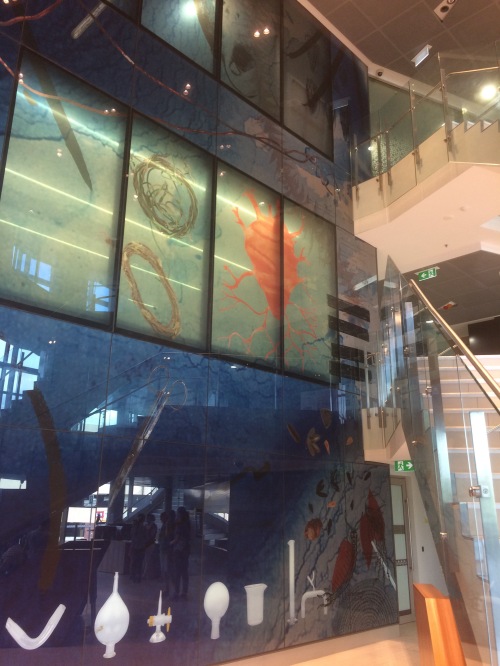I blogged about my first day of volunteering at the World Science Festival Brisbane here. Now for a rundown on Day Two of volunteering.
My one and only shift for the day was with the Microbiologist Apprentice program at QIMR Berghoffer where high school kids and their parents looked at the anti-microbial properties of plants, and used a fluorescent product to detect if the bacterial cells were alive or dead. The attendees even got to do a sixteen streak inoculation of an agar plate with the sample bacterial culture.
I helped seal their plates and clean up the lab afterwards. It was very cool to be back in a micro lab. It all came rushing back. And I got to catch a glimpse of some small agarose gel tanks and PCR machines. It takes me back! It’s been eleven years since I was in a lab!
Then it was on to Southbank to catch up with a good friend and some Street Science. We saw some fluorescent coral, some starfish, hermit crabs, a 3D printer and all kinds of cool science and engineering stuff. I would have loved this stuff when I was a kid and a teenage science nerd! No wonder the kids love Street Science!
Can’t wait to be involved in the Festival next year!
